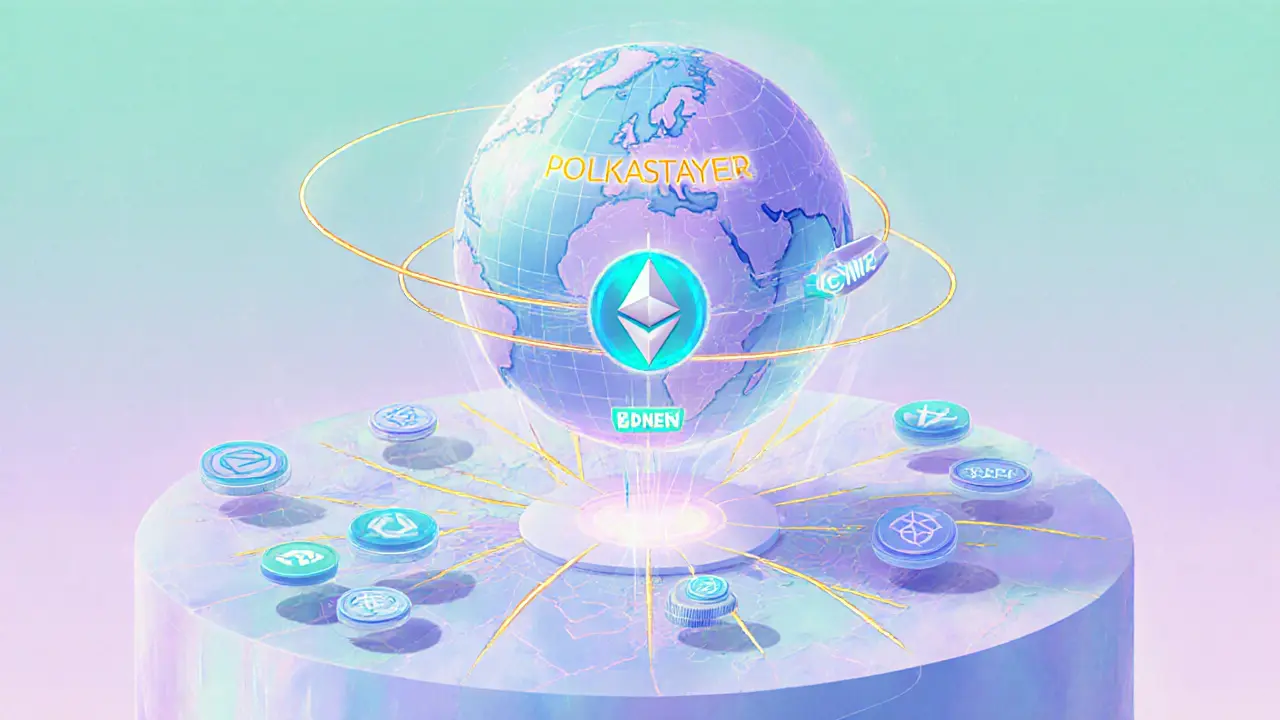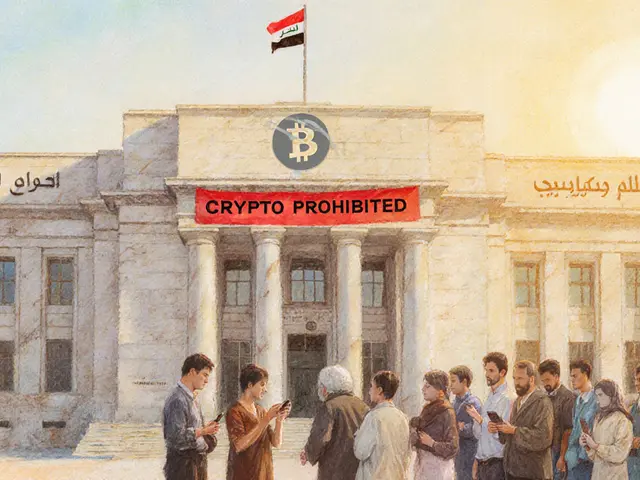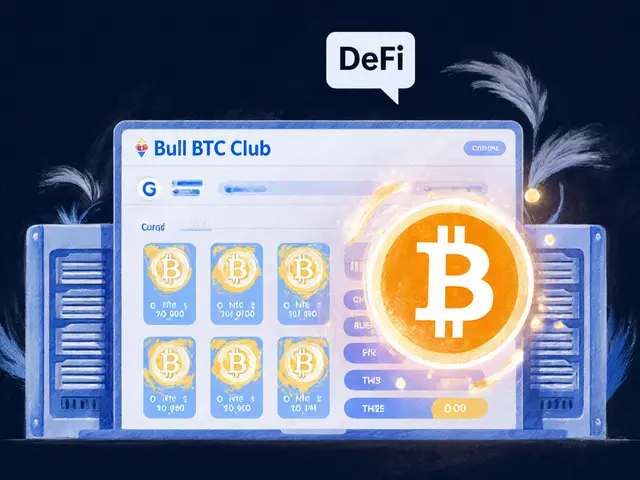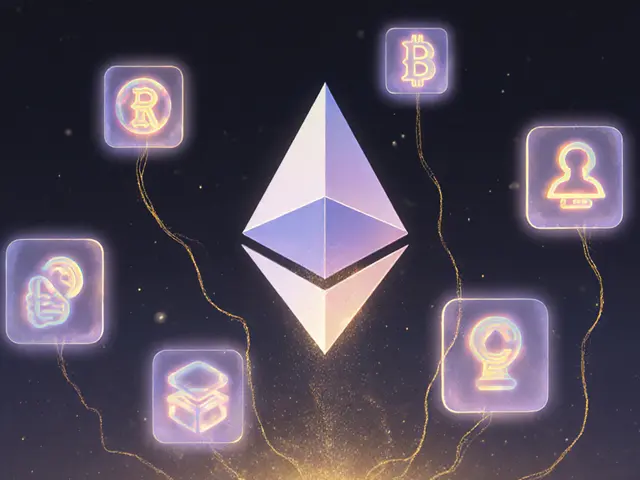Cross-chain IDO: How Token Launches Leap Across Blockchains
When you hear Cross-chain IDO, an initial DEX offering that runs on several blockchains simultaneously, giving projects broader reach and investors more options. Also known as multi‑chain IDO, it lets a new token tap into liquidity pools on different networks without forcing users to move funds first. If you’re eyeing a cross-chain IDO, you’ll want to know how it differs from a single‑chain launch and what tools make it possible.
Why Cross-chain Matters for IDOs
Traditional IDOs lock the sale to one blockchain, which can limit exposure to a single community and create bottlenecks when gas fees spike. By adding Cross-chain, technology that lets different blockchain networks transfer data and assets securely, projects instantly reach traders on Ethereum, BNB Smart Chain, Polygon and emerging Layer‑2s. This broader audience usually translates into deeper liquidity and a smoother price discovery process.
A typical IDO, a token sale hosted on a decentralized exchange where tokens are minted and distributed to participants still relies on a DEX to match buyers and sellers. When the DEX itself supports cross‑chain swaps—think of platforms that integrate bridges or use native interoperability protocols—the IDO can happen on multiple chains at once. The Decentralized exchange, a platform that matches trades directly between users' wallets without a central custodian becomes the hub where investors from different ecosystems converge, trade the new token, and provide early liquidity.
But the magic isn’t just about connecting wallets; it’s also about preserving tokenomics across chains. A well‑designed cross‑chain IDO keeps the total supply, vesting schedules, and distribution ratios consistent whether a user buys on Ethereum or on Solana. Smart contracts that enforce these rules often call on modular interoperability layers—like Polkadot’s XCM or Cosmos IBC—to verify that a purchase on one chain updates the global state. This guarantees fairness and prevents double spending of allocation slots.
From a developer’s perspective, setting up a cross‑chain IDO means juggling several moving parts: bridge contracts, validator signatures, and multi‑chain price oracles. The process usually follows a three‑step flow. First, the project creates a master token contract that lives on a “home” chain. Second, bridge contracts are deployed on each target chain, each forwarding mint‑and‑burn requests back to the master. Third, a launchpad DEX integrates with those bridges, exposing the token sale on all supported networks simultaneously. The result is a seamless user experience—participants click “Buy” on their preferred chain, pay in the native token, and receive the new asset instantly, all while the launchpad records a single, unified sale.
Security considerations also get a boost. Since the sale is spread across multiple chains, a single network attack can’t cripple the entire IDO. If one bridge faces a temporary outage, the other chains keep the sale alive, preserving investor confidence. Moreover, cross‑chain audits now focus on the bridge logic and the consistency checks that tie the separate contracts together, reducing the attack surface compared to running several independent IDOs.
Beyond the mechanics, cross‑chain IDOs open strategic doors. Projects can target specific communities—like gamers on Polygon, DeFi enthusiasts on BNB Smart Chain, or NFT collectors on Solana—without launching separate token sales. This focused outreach often leads to stronger community ties and higher post‑launch activity, because participants feel the launch was built for their ecosystem. In turn, the token enjoys a more diversified holder base, which can stabilize price volatility once trading begins.
As the blockchain world continues to fragment into specialized networks, the ability to raise capital across those networks becomes a competitive advantage. Whether you’re a founder planning your token launch, an investor scouting the next big opportunity, or a DEX looking to expand its launchpad services, understanding cross‑chain IDOs equips you with the knowledge to act confidently. Below, you’ll find a curated set of guides, analysis pieces, and practical how‑tos that walk you through every angle of this emerging fundraising model.

Learn what Polkastarter (POLS) is, how its cross‑chain launchpad works, token utility, market stats, how to join IDOs, and future outlook.
Jonathan Jennings Jun 3, 2025




